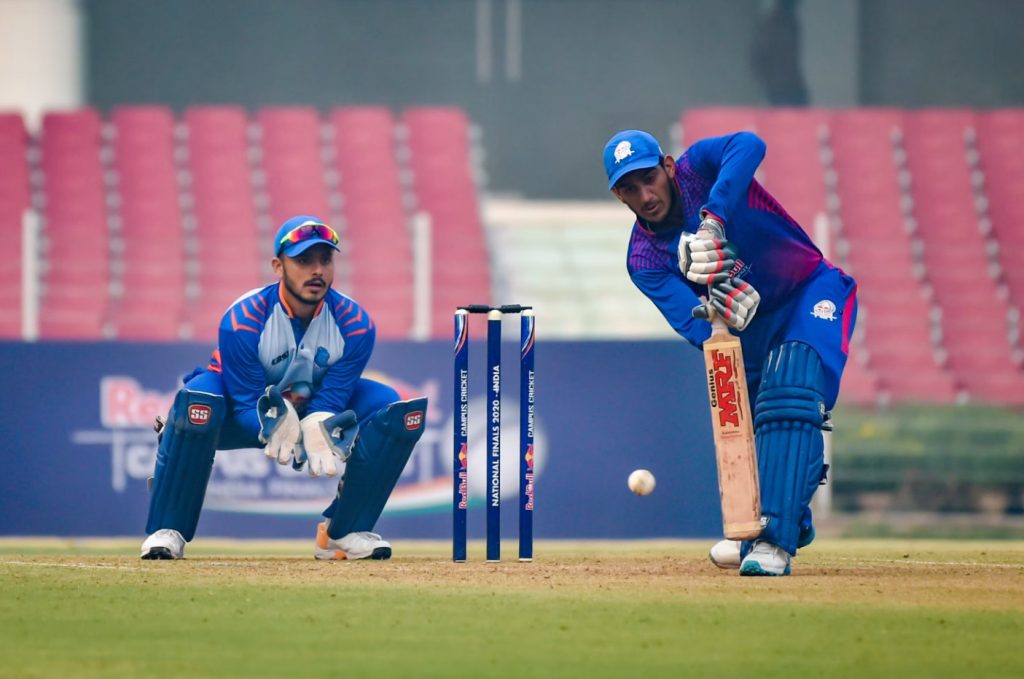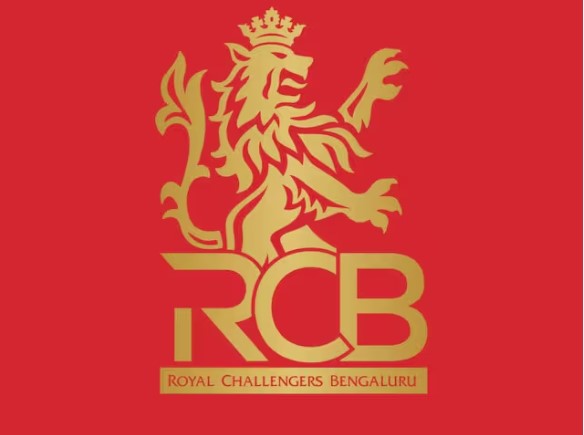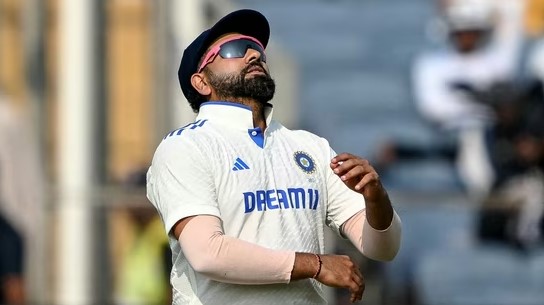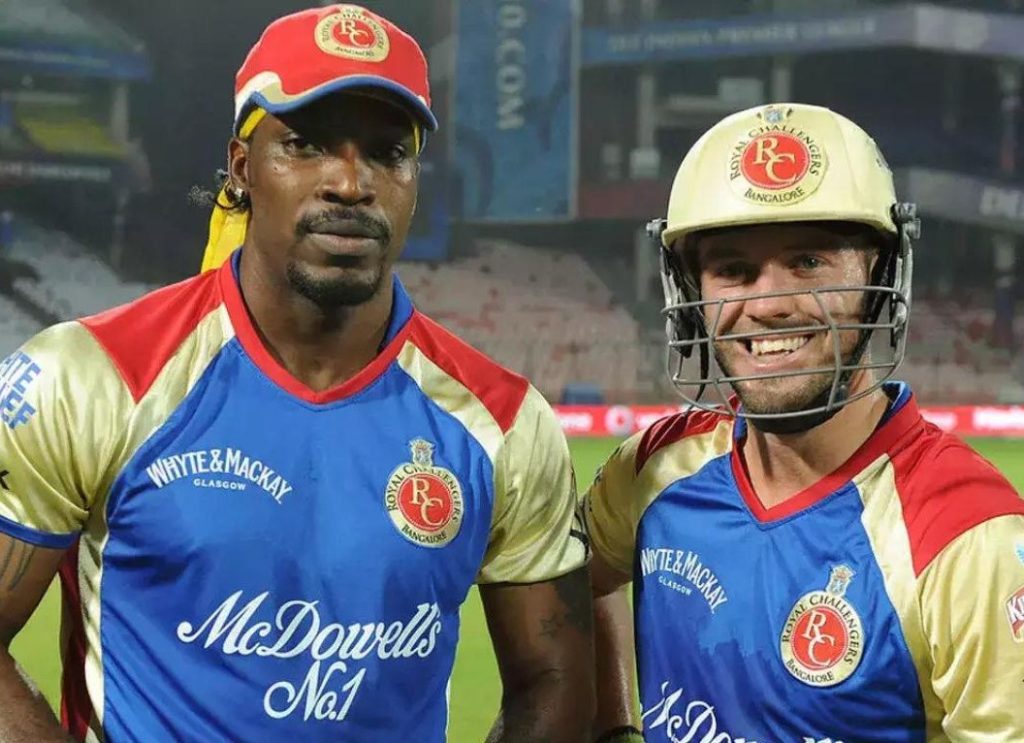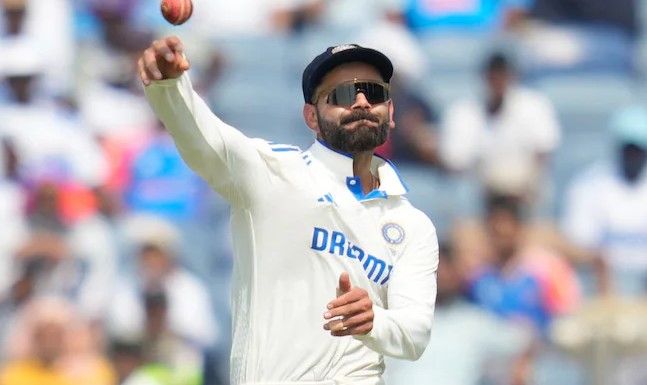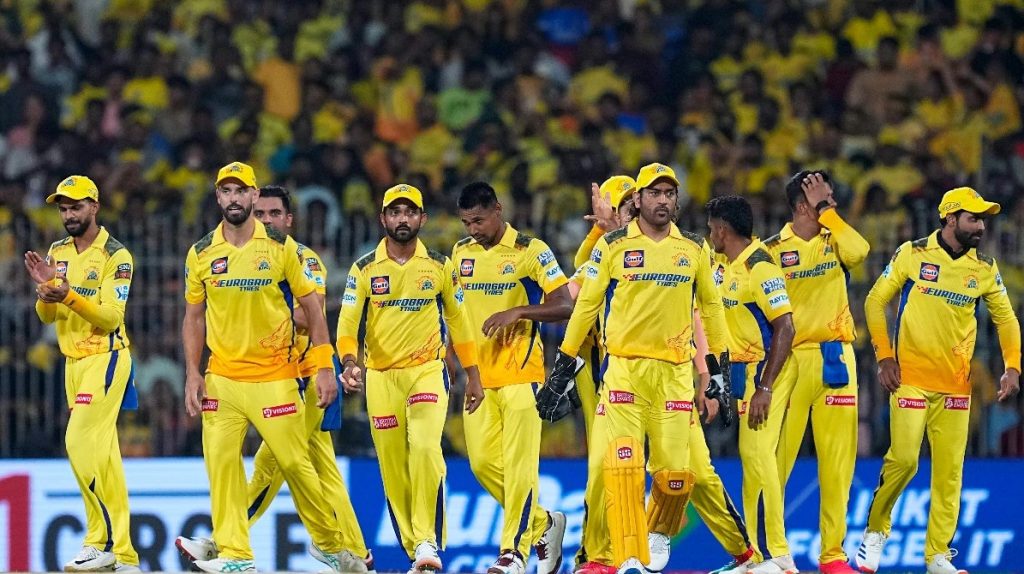Wicket-keeping is one of the most crucial roles in cricket. A wicketkeeper must possess sharp reflexes, agility, and sound technique to succeed at the highest level. Unlike other players on the field, a wicketkeeper is involved in almost every delivery, making the role both physically demanding and mentally challenging.
Essential Skills for a Wicketkeeper
1. Footwork and Agility
A good wicketkeeper needs excellent footwork to move swiftly behind the stumps. Whether collecting deliveries or making a stumping, footwork plays a key role in maintaining balance and positioning.
| Skill | Description | Importance |
|---|---|---|
| Lateral Movement | Quick side-to-side movement behind the stumps | Essential for catching wide deliveries |
| Forward and Backward Movement | Adjusting position based on bowlers’ lengths | Helps in taking edges and anticipating bounce |
| Squat Positioning | Staying low to gather balls effectively | Reduces reaction time |
2. Hand-Eye Coordination
Since wicketkeepers deal with high-speed deliveries and unpredictable bounces, strong hand-eye coordination is essential for clean catching and quick reflexes.
3. Catching and Glove Work
A wicketkeeper’s hands must be soft and flexible to absorb the impact of fast deliveries. The positioning of the gloves is crucial when taking catches or stopping deliveries.
| Type of Catch | Description | Example Scenario |
| Standing Catches | Taken when the ball is traveling straight | Edges off fast bowlers |
| Diving Catches | Acrobatic catches requiring a full stretch | Outside edges or deflections |
| Low Catches | Taken close to the ground | Spinners deceiving batsmen |
| High Catches | Taken when the ball travels overhead | Mistimed shots from batsmen |
4. Stumping and Quick Reflexes
A wicketkeeper must always be ready to effect a stumping, which requires lightning-fast glovework. The ability to remove the bails in a split second can change the course of a match.
| Stumping Techniques | Key Aspects | Benefits |
| Staying Low | Helps in maintaining balance | Reduces reaction time |
| Quick Hands | Allows fast bails removal | Crucial for close dismissals |
| Anticipation | Reading the batsman’s movement | Enhances success rate |
5. Communication with Bowlers and Fielders
A wicketkeeper acts as the team’s eyes and ears, constantly talking to bowlers and fielders about field placements and batsmen’s weaknesses.
6. Fitness and Endurance
Since wicket-keeping involves constant squatting, jumping, and diving, fitness plays a vital role. Strength training, flexibility drills, and endurance exercises help in sustaining performance throughout long matches.
| Fitness Aspect | Training Focus | Benefit |
| Leg Strength | Squats, lunges, agility drills | Improves stability and endurance |
| Hand Strength | Grip training, catching practice | Enhances catching consistency |
| Core Strength | Planks, core rotations | Aids balance and quick movement |
Advanced Wicket-Keeping Techniques
1. Standing Up to the Stumps
This technique is used when keeping to spinners or medium pacers to put pressure on the batsman.
2. Standing Back for Fast Bowlers
Wicketkeepers need to adjust their stance, positioning, and focus when standing back to fast bowlers.
3. Anticipating Deflections and Edges
Legendary Wicketkeepers and Their Signature Skills
| Wicketkeeper | Country | Signature Skill | Achievements |
| Adam Gilchrist | Australia | Explosive batting and safe hands | Multiple World Cup victories |
| MS Dhoni | India | Lightning-fast stumpings | Won all ICC trophies as captain |
| Kumar Sangakkara | Sri Lanka | Elegant keeping and batting | Most dismissals in ODIs |
| Mark Boucher | South Africa | Record-breaking dismissals | Most dismissals in Tests |
| Jeff Dujon | West Indies | Athletic keeping behind the stumps | Key player in Windies’ dominance |
Conclusion
Wicketkeeping is an art that requires a combination of agility, reflexes, anticipation, and leadership. A top wicketkeeper can change the course of a match with brilliant catches, sharp stumpings, and effective communication. With the right training and mindset, a wicketkeeper can become an indispensable asset to their team.

